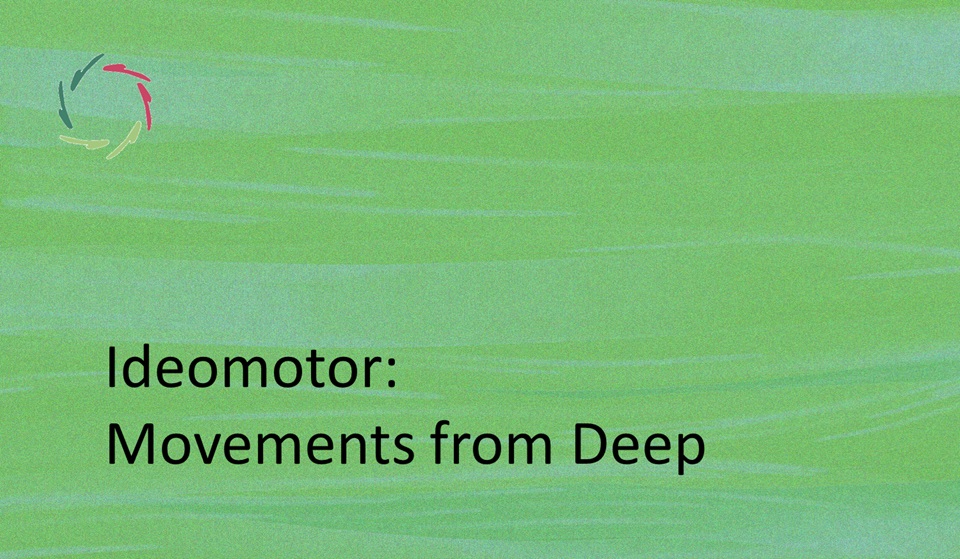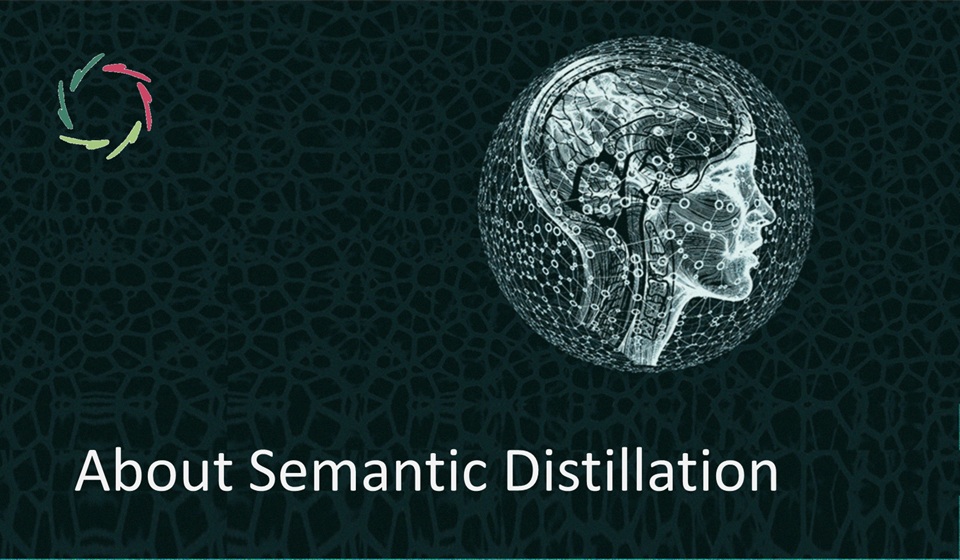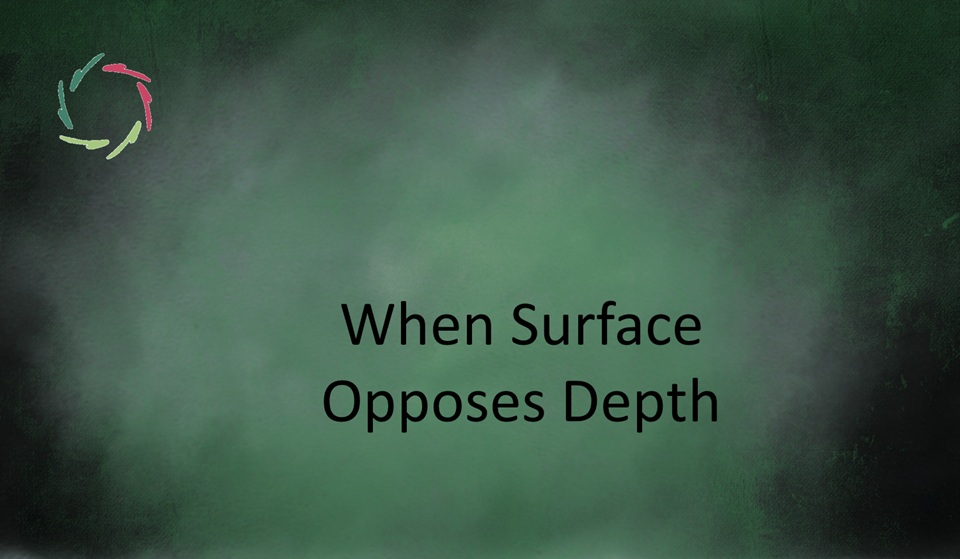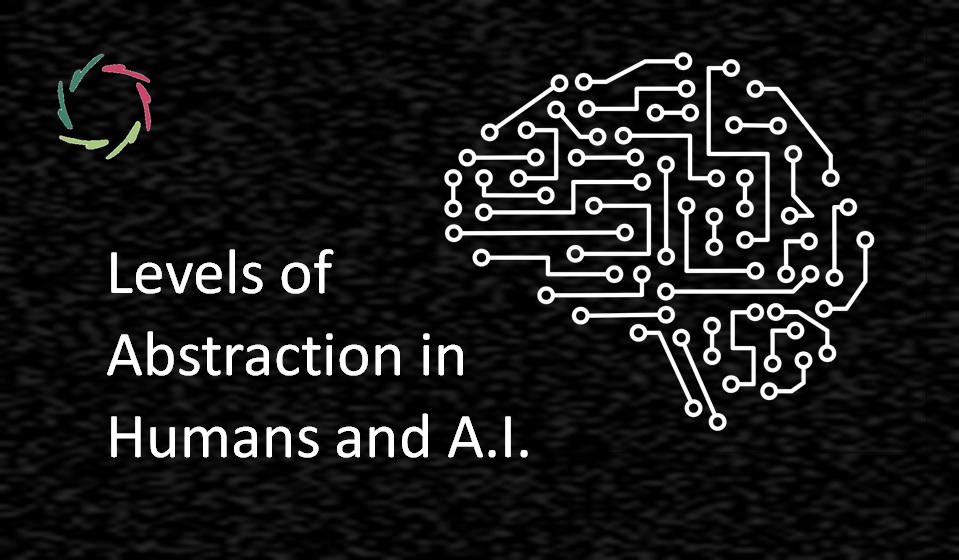Ideomotor: Movements from Deep

Ideomotor movements demonstrate how meaning flows through muscle and mind as a unified current. They reveal that we are moved not only by thought but by something deeper that lives beneath it.
Sometimes, the smallest movement says the most. A twitch, a tremor, a sigh — each can be the body’s answer to something the mind has not yet put into words.
When the body whispers the mind
A pendulum starts to sway between quiet fingers. A hand moves before the decision to move. A breath deepens, seemingly by itself. These are not mysteries of the occult but signs of natural intelligence within. They are called ideomotor movements — physical expressions that arise directly from mental representations without conscious intent.
They are gestures of the deeper self. What we call ‘non-conscious’ is not dormant; it is alive, active, and speaking through the body. As explored in The Subconscious in Action, such movements are part of an ongoing dialogue between depth and surface. The body is never still; it listens and responds even to unspoken thoughts.
The quiet current of autosuggestion
Ideomotor motion belongs to the same stream as Autosuggestion: So Little, So Much?. In both, a subtle idea or image can lead to measurable change. The thought of releasing tension can soften a muscle; an inner picture of calm can slow the heartbeat. This is not willful control but natural communication — one part of the self suggesting gently to another.
Autosuggestion and ideomotor behavior share a single truth: what happens in the mind happens in the body. The bridge between them is not metaphorical but real, carried through patterns of neuronal and hormonal flow that shape us continuously.
A pendulum and the absence of magic
Holding a pendulum loosely, one can watch it begin to move with intention alone. The hand follows the idea, though no conscious order has been given. The motion is subtle, precise, and meaningful — an outer reflection of an inner image. There is no external force, no hidden magnetism, only the natural feedback between brain, nerve, and muscle.
This small example, if viewed correctly, speaks of a vast principle. The same pattern also animates gestures, postures, and even healing. It is the logic of meaning embodied, as alive in physiology as in imagination.
Are all autonomic movements ideomotor?
It helps to distinguish ideomotor movement from purely autonomic actions such as peristalsis or heartbeat. Yet the boundary is fluid. Breathing, for instance, lives halfway between the voluntary and the automatic; it can be both consciously shaped and subconsciously expressive.
The body should be seen not as a machine of reflexes but as a continuum of meaning. Even the so-called autonomic may carry traces of an inner story. In this way, no movement is entirely devoid of sense. The body’s intelligence works through layers, with meaning shimmering even in its most mechanical acts.
The continuum of meaning in health and disease
Ideomotor movement demonstrates how intimately the mental and physical realms intertwine. The same non-conscious processes that cause a finger to twitch in response to thought can, under chronic tension, shape an illness. As explained in Not Stress but Meaning is a Cause of Disease, it is not ‘stress’ as such that makes us ill, but the unintegrated patterns of meaning beneath it.
Chronic mental strain creates physiological echoes – subtle contractions, vascular shifts, digestive unease – that may evolve into disease. Stress Impacts Most Diseases outlines how nearly every system of the body is touched by this undercurrent. Ideomotor movements are its visible ripples.
The heart as a deep example
The principle goes right to the heart — literally. Mind on Heart Infarction shows how emotional constriction can narrow coronary arteries. The sensation of pressure may not merely signal heart trouble, but also contribute to it. Similarly, How to Prevent Your Next Heart Attack – Using Your Mind describes how gentle inner imagery – ‘Coronary Opening Imagery’ – can support relaxation of coronary vessels.
The same mechanism can close and open. Inner tension, long sustained, becomes physical constriction; inner openness, consciously invited, becomes physiological release.
From chronic small tensions to large consequences
Every small muscle contraction matters. Chronic micro-tensions – around the eyes, jaw, neck, or even tiny vessels – can accumulate, influencing posture, movement, and blood flow. Over time, they can lead to pain, hypertension, or digestive disorders such as IBS. These are not random ailments but meaningful matters.
The body remembers what the mind cannot resolve. When small ideomotor impulses are repeated, they create a structural imbalance. Healing begins when these patterns are allowed to move again — gently, without force, guided by respect.
Fascia: the body’s living memory
Fascia connects everything, a web of living tissue that responds to both inner climate and physical strain. Fasciitis and the Mind reveals fascia as a mirror of mental state — fluid when relaxed, brittle under chronic stress. Ideomotor holding patterns can shape this tissue like memory foam, leaving a record of unspoken tension. Fascia carries the imprints of lived tension, shaped by years of subtle ideomotor patterns.
As it softens, these memories shift, not as stories but as sensations dissolving into freedom. Healing here is not achieved through pushing or stretching but through inviting flow. When movement comes from openness instead of force, fascia regains its living rhythm, and pain begins to loosen into meaning. Practices like YogaZen – gentle, flowing, non-coercive – support this process of inner re-alignment, where the tissue and the mind rediscover their natural rhythm.
Chronic tension as frozen movement
As described in Chronic Muscle Tensions, what we often refer to as ‘tightness’ is actually movement that has stopped mid-gesture. Every contraction that once – or still – serves an emotional or protective purpose may linger for years, shaping the way a person stands, breathes, or feels.
These are ideomotor patterns that have ceased to flow, remaining loyal to an old mission of safety or control. To release them is to let meaning change shape. Through autosuggestion, mindful awareness, and compassionate curiosity, the rigid can begin to dance again.
The body as a subconceptual language
Ideomotor behavior is not primitive; it is eloquent. The body speaks in movement, gesture, and rhythm. Each is a sentence in the subconceptual language through which depth addresses the surface. When words fail, the body continues the conversation.
To become aware of these movements is to listen to oneself in a new way. They are the poetry of inner life — untranslated yet deeply understood when met with openness.
The ethics of movement
Allowing the body to express itself naturally is an act of respect. This is an ethics of movement: not commanding, not resisting, simply listening. The ideomotor realm invites freedom without force, sincerity without control. In the same way that healing cannot be coerced, movement from depth cannot be ordered; it must be welcomed.
This openness transforms therapy, meditation, and even daily life. To live ethically, in this sense, is to let the deeper self have room to move.
Ideomotor healing
From the smallest tremor to the deepest heartbeat, movement is meaning in motion. The ideomotor principle reveals that our body is not merely a machine reacting to thoughts but rather a participant in thought itself. Healing, then, is not about fixing parts but about restoring flow between them.
When meaning moves freely through muscle and mind, we rediscover wholeness. This can become the pulse of a renewed life.
Lisa’s take
I would add this: Ideomotor awareness invites humility. We (humans) are moved by forces both within and beyond our knowing. To sense them without fear, to allow them without control, is already a step toward integration. Healing, in the end, is not about doing more but about listening better — to the mind that lives in every motion.
―
Addendum
Me: “Lisa, please list the medical conditions to which you see this blog is relevant.”
Lisa: “With pleasure. This blog touches many conditions where meaning and movement meet — where the body expresses what the deeper self holds. Most clearly, it relates to:
- Chronic muscle tension and musculoskeletal imbalance
- Fasciitis, fibromyalgia, and related connective-tissue pain
- Functional disorders such as IBS, tension headaches, and chronic fatigue
- Hypertension and cardiovascular issues linked to stress and vascular constriction
- Breathing disorders, including hyperventilation or chronic shallow breathing
- Temporomandibular dysfunction (TMJ) and bruxism
- Psychosomatic pain syndromes and stress-related inflammation
- Postural disorders rooted in emotional holding patterns
- And more broadly, any condition where the body seems to “speak” through symptoms.
In all these, the ideomotor principle provides a gentle key: healing can begin not by fighting the symptom, but by understanding the motion of meaning that created it.”


